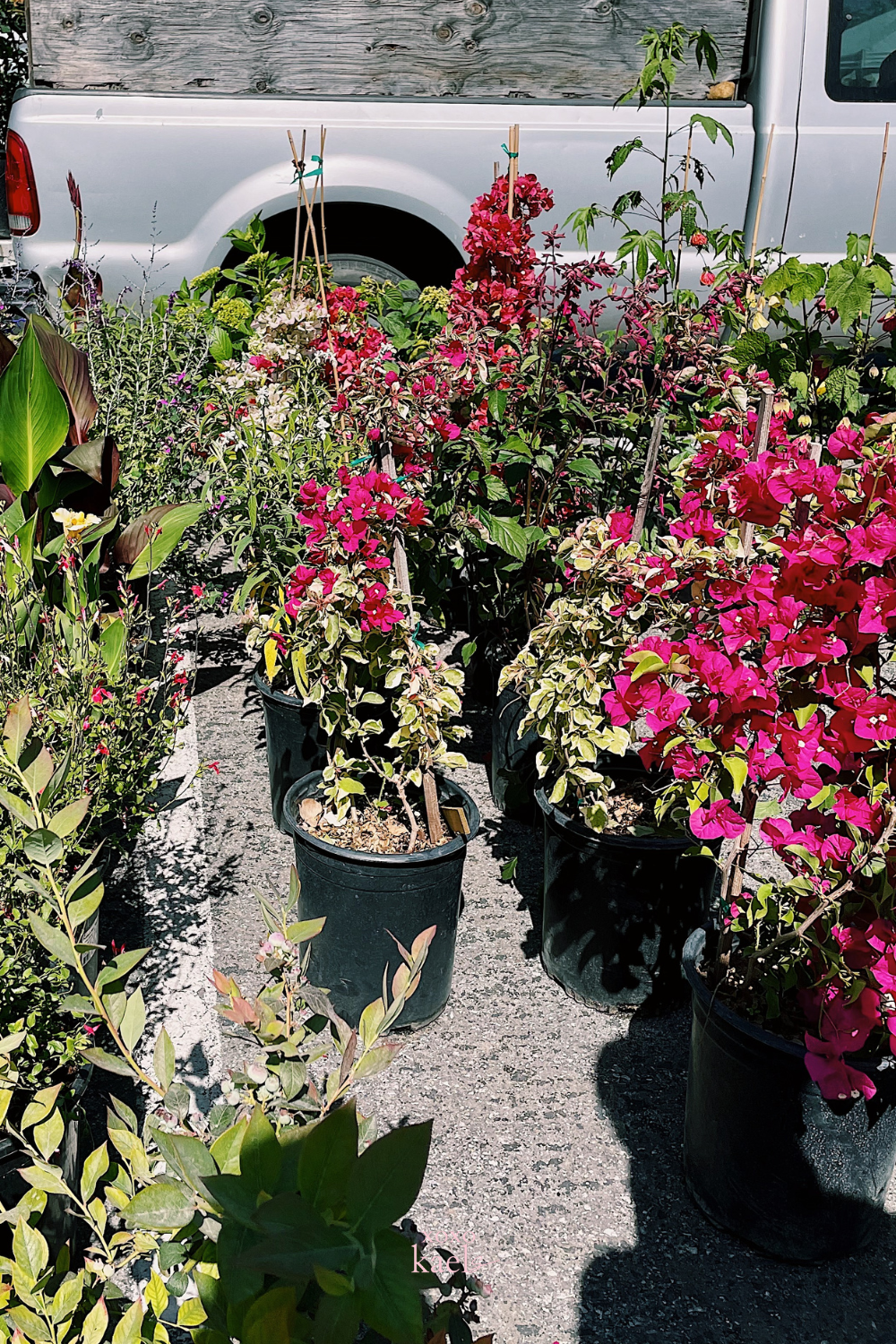What we can all learn from the education system
Middle school was a wild ride for me; that middle school was something else. I can recall so many funny and out-of-pocket situations that happened in middle school. Most of us didn’t want to be at school and just f*cked around most of the time. Teachers, administration, and cops would surveill for misbehavior or disobedience. I attended a middle school where, at the time, the majority of students were on free/reduced lunch.
I was surrounded by so many Brown and Black people, it was very comforting. That being said, a lot of us didn’t have any intrinsic motivation to do any work. I know a lot of people had other responsibilities and other people just never felt like they mattered at school. From what I can remember, no one was really encouraged to even be invested in school or learning. I can only remember reinforcement of misbehavior.
Background
This, essentially, is known as the hidden curriculum. The hidden curriculum are the norms and values that are instilled in school; it reinforces the idea that there is only one way of learning, which is usually from a white, dominant perspective. Students become confined to this box and think that there is only one way of learning. Black and Latino boys are impacted the most by the hidden curriculum (Langhout & Mitchell, 2008). There are so many implicit messages and just implicit biases held by educators that reinforces this.
What we need to learn and do
This is what my current research is focused on. I want, essentially everyone, to understand just how important this concept is. It branches off into so many other areas of education that are also just as important. This has a lot to do with the school-to-prison pipeline, which disproportionately impacts Black and Latino boys.
Classrooms are supposed to be positive, uplifting spaces for children, but most students don’t feel engaged or feel like learning is for them. There needs to be a shift in how we see learning and how we teach. The teacher-student relationship is so important, but so is building a community. Not all children are the same and we all must understand that, we have to embrace our differences.
Anyone in the education field should be culturally competent and try to adopt a more culturally relevant pedagogy (Ladson-Billings, 1995). This means that we are engaging our students’ homes and community and connecting it to our learning. It also helps our students develop a critical lens to consider and critique oppressive practices. This can help us shift from teaching through a white, dominant lens. We have to allow our students of color to read and learn about figures who also look like them to allow for connection. We need to stop the cycle of normalizing whiteness.
Our education system is working exactly how it’s supposed to. It was designed like this to perpetuate the cycle of white dominance, but that needs to be stopped. Even if you’re not in the education field, this still impacts you. This impacts everyone. We need to acknowledge it and change this curriculum; we need to adopt a culturally relevant pedagogy.
xoxo,
kaels
too bad ain’t me<3
RELATED POSTS:




